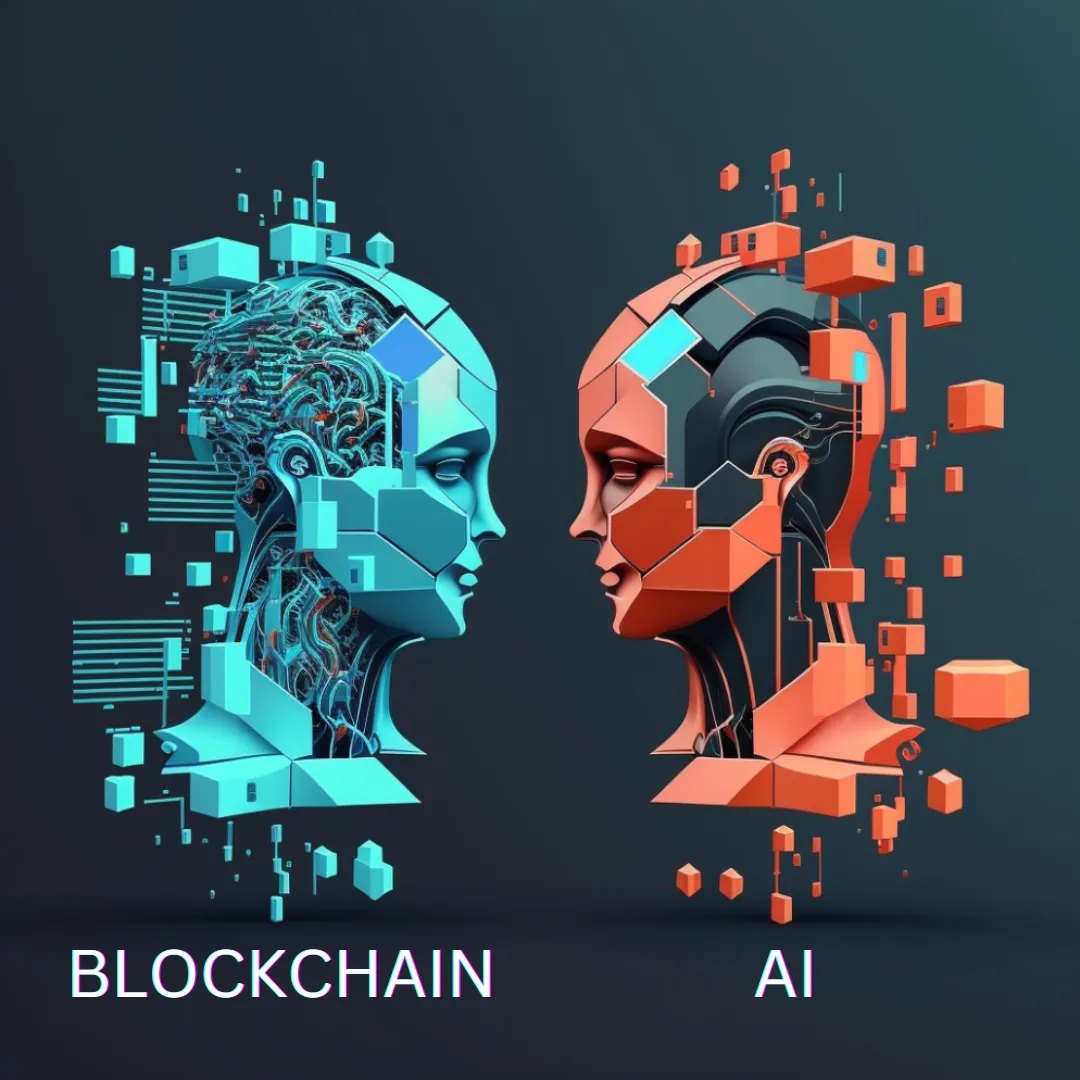Virtual Reality (VR) in Education: A New Way to Learn
3 min read
07 Sep 2024
Virtual Reality (VR) is rapidly transforming the educational landscape by offering immersive and interactive learning experiences. Unlike traditional teaching methods, VR provides students with the opportunity to engage with educational content in a three-dimensional space, enhancing their understanding and retention of complex concepts. This article explores how VR is reshaping education and the benefits it brings to the learning process.
One of the most significant advantages of VR in education is its ability to create engaging and interactive learning environments. Through VR, students can experience simulated environments that would otherwise be inaccessible or impractical. For example, VR can transport students to ancient historical sites, distant planets, or inside the human body, providing a firsthand experience of these subjects. This immersive approach helps students visualize and interact with content in a way that traditional textbooks and lectures cannot match.
In the field of science, VR can facilitate complex experiments and simulations that might be too dangerous or expensive to conduct in a physical lab. Students can explore chemical reactions, biological processes, or astronomical phenomena in a virtual setting, allowing them to conduct experiments and observe results in a controlled environment. This hands-on approach not only enhances comprehension but also fosters critical thinking and problem-solving skills by providing students with real-time feedback and interactive scenarios.

History and social studies also benefit from VR technology by allowing students to experience historical events and cultural contexts firsthand. VR simulations can recreate significant historical moments, such as ancient civilizations, famous battles, or key political events, enabling students to gain a deeper understanding of historical narratives. Additionally, VR can expose students to diverse cultures and traditions, promoting empathy and global awareness through virtual field trips and interactive cultural experiences.
In language learning, VR provides immersive environments where students can practice speaking and listening skills in real-world scenarios. Virtual language labs can simulate conversations with native speakers, allowing learners to practice pronunciation, grammar, and vocabulary in a dynamic and context-rich setting. VR can also offer interactive language games and exercises that enhance language acquisition and retention by providing engaging and contextually relevant practice opportunities.
Moreover, VR technology supports personalized learning by adapting to individual student needs and learning styles. VR platforms can offer customized learning experiences based on students' progress and performance, allowing for tailored instruction and targeted practice. For example, VR can provide additional support for students who may need extra help in certain subjects or offer advanced challenges for those who excel. This adaptability ensures that each student receives a learning experience suited to their unique needs and abilities.
The use of VR in education also promotes collaboration and teamwork among students. VR classrooms and group projects allow students to work together in virtual spaces, collaborating on tasks and solving problems collectively. This collaborative approach fosters communication skills, teamwork, and a sense of community, as students engage in shared learning experiences and contribute to group projects in a virtual environment.
Despite its potential, the integration of VR into education presents several challenges. The cost of VR equipment and technology can be a barrier for many schools and educational institutions. Additionally, there is a need for adequate training for educators to effectively implement VR in the classroom and create meaningful learning experiences. Developing high-quality VR content and ensuring accessibility for all students are also important considerations in the adoption of VR technology in education.
In conclusion, Virtual Reality (VR) is revolutionizing education by providing immersive, interactive, and engaging learning experiences. From exploring distant worlds and historical events to practicing language skills and conducting experiments, VR offers a new way to learn that enhances understanding and retention. As technology continues to advance and become more accessible, the potential for VR in education will only grow, offering exciting opportunities for students and educators alike. By embracing VR technology, we can unlock new possibilities for teaching and learning, making education more dynamic and impactful than ever before.
The future of VR in education holds immense promise, with ongoing developments and innovations set to further transform how we learn and teach. As we continue to explore and integrate VR technology, we can look forward to a new era of education that is more interactive, immersive, and effective, shaping the future of learning for generations to come.
More Articles

AI in Retail: How Machine Learning Is Personalizing Shopping Experiences
4 min read | 07 Sep 2024

The Ethical Dilemmas of Artificial Intelligence: What We Need to Know
6 min read | 06 Sep 2024

AI-Powered Personal Assistants: Are They Changing How We Work?
4 min read | 05 Sep 2024

Machine Learning in Cybersecurity: Protecting Data in a Digital World
6 min read | 04 Sep 2024
More Articles

The Big Tech Twist: How VR Is Set to Disrupt Blockchain Like Never Before!
6 min read | 10 Sep 2024

Unlocking the Power of AR: How Augmented Reality Is Set to Revolutionize Blockchain!
7 min read | 09 Sep 2024

AI and Blockchain: The Surprising Ways They’re Set to Transform the Tech World in 2024!
7 min read | 08 Sep 2024

How Blockchain Could Revolutionize VR Gaming – The Game-Changing Innovation You Need to Know About!
7 min read | 07 Sep 2024
